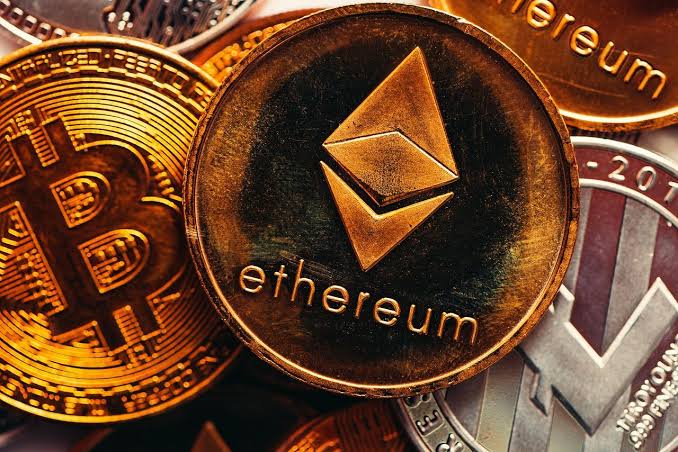Ethereum’s ‘Trustware’ Vision and Layer-2 Minimalism Could Drive ETH to $15.8K
As Ethereum approaches its 10th anniversary, blockchain firm Consensys envisions the network evolving into a global “trustware” infrastructure, while co-founder Vitalik Buterin advocates minimalism for layer-2 (L2) blockchains, potentially propelling ETH to $4,900 by 2025 and $15,800 by 2028.
These developments highlight Ethereum’s growing role in decentralized finance (DeFi), tokenized assets, and scalable blockchain solutions.
Consensys’ chief strategy officer, Jason Linehan, outlined Ethereum’s transformation into a foundational layer for programmable trust, stating: “Trustware is a new way to talk about the incredible value that Ethereum is already bringing to the economy.
Value that has been built block by block over the past 10 years through the effort of organizations like the Ethereum Foundation, Consensys, and the global Ethereum developer community.” He introduced a “cost-to-corrupt” model, linking ETH’s value to the security of $1 trillion in stablecoins, $500 billion in tokenized real-world assets (RWAs), and $300 billion in total value locked (TVL) by 2028, with projections suggesting up to $2 trillion in stablecoins and $16 trillion in RWAs by 2030. As of May 31, 2025, Ethereum secured $220 billion in High-Quality Liquid Assets (HQLA), outpacing Solana ($20.3 billion) and Avalanche ($3.7 billion). Linehan added: “The future will not look like the past…
it’s going to be an economy like we’ve never seen, and it will blow the doors off of what we have today. Ethereum makes it possible.”
Ethereum’s trustware model aligns with its robust architecture, supported by 1,056,000 validators across 84 countries and 21 network upgrades, pioneering innovations like smart contracts, NFTs, DeFi, and proof-of-stake. Linehan noted: “Agentic finance will mean tokenized RWAs and all other asset classes will be accessed and transacted in thousands of times a second, 24/7/365, by the most sophisticated algorithms we can imagine.” This vision positions Ethereum as the preferred platform for institutional investors, unlike competitors focused on gaming or memecoins.
Complementing this, Vitalik Buterin proposed a minimalist approach for L2 blockchains, suggesting they leverage Ethereum’s security and data availability while focusing on sequencers (ordering transactions) and provers (verifying transactions). He stated: “Now, with Ethereum L2s, you can achieve it. And we’ve already seen successful examples of the L1’s features protecting users’ rights if something on the L2 goes wrong.” This aligns with Celo’s transition to an Ethereum L2, which cut inflation, streamlined code, and boosted block times, tapping into Ethereum’s vast developer community.
The Ethereum Foundation’s roadmap to integrate a zero-knowledge Ethereum Virtual Machine (zkEVM) by July 2026 further enhances scalability, replacing traditional block execution with ZK-proofs for efficient validation.
These upgrades, combined with Consensys’ trustware thesis, suggest Ethereum’s dominance could drive ETH’s price significantly higher, with Linehan’s conservative estimates projecting $4,900 by 2025 and $15,800 by 2028, fueled by institutional adoption and tokenized asset growth.


